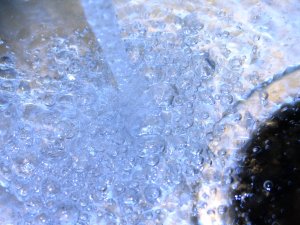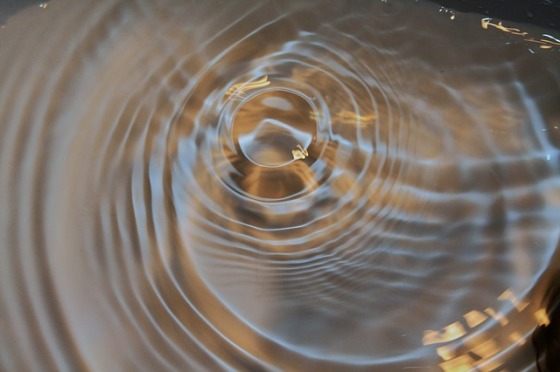
Roof Shingles: One of mold’s favorite foods! (Image source: Pixabay.com)
Why mold matters, how to get rid of it, and how to stop it growing back.
While many homeowners fear roof mold, mildew, algae, moss and fungus for their damage to aesthetic appeal and property value, sometimes it seems too out of reach or irrelevant to matter. Roof mold is easy to overlook or ignore, but the consequences can be dire all the same.
The following post will explore the risks of roof mold, how to clean it, and the most effective techniques to stop it growing back afterwards.
Why Roof Mold is Serious Business
Beyond the damage to your home’s value and appearance, roof mold also have a hidden impact on monthly expenditure.
Mold will eat a way at a roof’s shingles (especially if they’re made of limestone), effectively weakening the weather-proofing of your home. The insulation will become less effective, leaving the residents to rely on air conditioning and other expensive forms of temperature control.
This leads to an even greater problem: the chance that mold spores outside will travel through the air conditioner, trigger allergies, and ultimately start growing indoors as well.

It’s easy to forget mold is alive, and like us, requires the right food and conditions to survive and grow. A poorly maintained roof offers exactly that.
How to Remove Mold from Your Roof
The following simple remedy has proven very effective for many homeowners. For maximum efficiency, you will need a large, reasonably powerful hand-held pump.
Fill a bucket with:
- 3/4 water
- 1/4 bleach
- 1-2 tablespoons of trisodium phosphate (often marketed as “TSP” or “Sugar Soap”)
Before you begin, spray any nearby plants or trees extensively with clean water. This will prevent the bleach from poisoning the vegetation. (Source: Roof Cleaning Brisbane.)
Spray the solution over the affected area, wait 15 minutes, then use a scrubbing brush. If it doesn’t quicky and easily fall away, start over and repeat the process until it does.
Once you’re confident the mold is dislodged, rinse the roof very thoroughly with water. This will prevent a very easy-to-make mistake: leaving the bleach on to eat away at the roof in the mold’s place!
Next installment, we’ll cover tips on how to prevent regrowth. Stay tuned!
 There are several ways you can successfully
There are several ways you can successfully 









